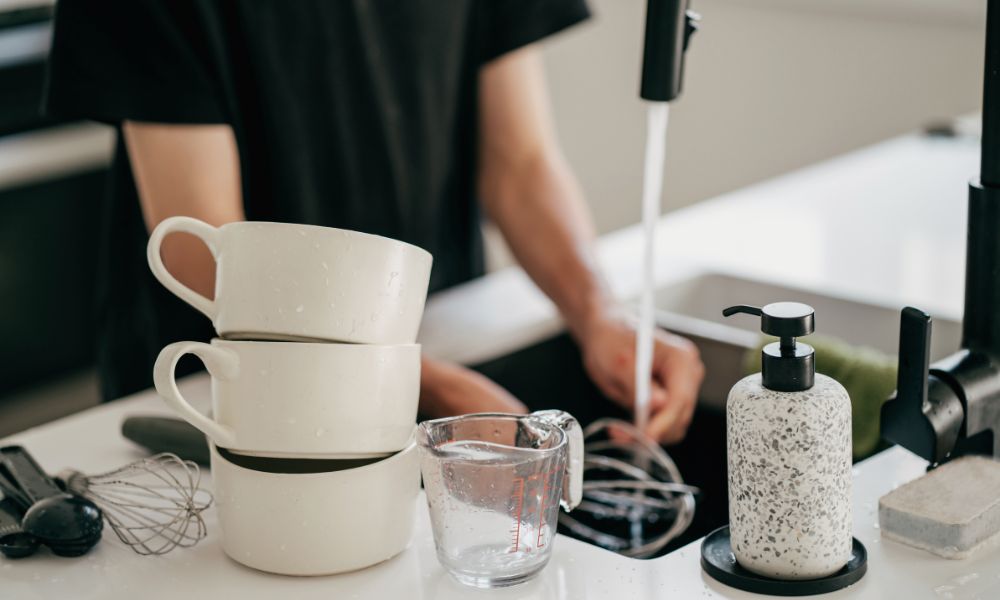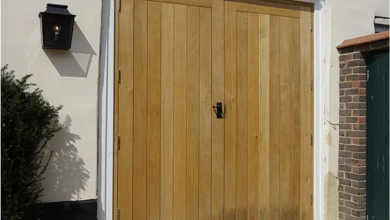
The kitchen is often referred to as the heart of the home, and for good reason. It’s where we prepare meals, gather with family and friends, and often serve as a hub for various activities. Because of its multifunctional nature, the lighting in your kitchen is crucial. Proper lighting can enhance the aesthetics of your space, improve functionality, and even create an inviting atmosphere. Here are some essential kitchen lighting tips to help you achieve the perfect balance of form and function.
Understand the Three Layers of Lighting
When planning your kitchen lighting, it’s essential to understand the three primary layers: ambient, task, and accent lighting.
Ambient Lighting
Ambient lighting serves as the general illumination in your kitchen. This type of lighting should be bright enough to allow for visibility throughout the entire space. Ceiling-mounted fixtures, such as chandeliers or flush-mounted lights, are common choices for ambient lighting. Consider installing dimmers to adjust the brightness based on the time of day or mood.
Task Lighting
Task lighting is designed to illuminate specific areas where tasks are performed, such as countertops, sinks, and cooking surfaces. Under-cabinet lighting, pendant lights over an island, and recessed lighting in key areas are excellent options for task lighting. Aim for brighter, more focused lighting in these zones to ensure safety and efficiency while cooking or prepping food.
Accent Lighting
Accent lighting adds depth and dimension to your kitchen by highlighting architectural features, artwork, or decorative items. This can be achieved with LED strip lights, spotlights, or decorative pendant fixtures. Using accent lighting strategically can create a warm and inviting atmosphere, enhancing the overall appeal of your kitchen.
Choose the Right Fixtures
Selecting the appropriate fixtures is crucial for achieving the desired lighting effect in your kitchen. Here are some factors to consider when choosing fixtures:
Style and Aesthetic
The lighting fixtures you choose should complement your kitchen’s overall style and aesthetic. Whether your kitchen is modern, traditional, or farmhouse-inspired, there are countless fixture styles available. Pendant lights with a sleek design work well in contemporary kitchens, while vintage-inspired fixtures may be better suited for traditional or rustic spaces.
Size and Scale
The size of your fixtures should be proportional to the space they occupy. A large island may require several pendant lights to create an even distribution of light, while smaller areas can benefit from single fixtures. Always measure your space and consider the height of your ceilings when selecting fixtures to ensure they fit well within the overall design.
Energy Efficiency
Opt for energy-efficient lighting options, such as LED bulbs. Not only do LED bulbs consume less energy, but they also last significantly longer than traditional incandescent bulbs. This can lead to substantial savings on your energy bills and reduce the need for frequent bulb replacements.
Consider Color Temperature
The color temperature of your kitchen lighting can significantly impact the ambiance of the space. Measured in Kelvin (K), color temperature describes the warmth or coolness of the light emitted by a bulb. Here’s a quick guide:
- Warm White (2700K – 3000K): This color temperature creates a cozy and inviting atmosphere, making it ideal for ambient lighting in the kitchen.
- Neutral White (3500K – 4100K): A balanced option, neutral white light is great for task lighting, as it provides clear visibility without being too harsh.
- Cool White (5000K – 6500K): This bright, daylight-like lighting can be beneficial for specific tasks but may feel too clinical for general kitchen use.
Combining different color temperatures in your kitchen can help create a well-rounded lighting scheme that enhances both functionality and comfort.
Use Dimmer Switches
Installing dimmer switches is an excellent way to add versatility to your kitchen lighting. With dimmers, you can easily adjust the brightness of your lights based on the time of day or the mood you want to create. For example, you might want brighter lights while cooking and softer lighting for entertaining guests.
Dimming your lights can also help reduce energy consumption, as using lower light levels can decrease the overall energy usage of your fixtures. This simple addition can greatly enhance the ambiance and functionality of your kitchen.
Incorporate Natural Light
Whenever possible, take advantage of natural light in your kitchen. Natural light not only reduces your reliance on artificial lighting during the day but also creates a bright, cheerful atmosphere. Here are some tips for maximizing natural light in your kitchen:
Choose Light Colors
Using light-colored paint and finishes can help reflect natural light, making your kitchen feel larger and more open. Whites, soft grays, and pastels are excellent choices that can brighten up the space.
Install Windows or Skylights
If you’re considering a remodel, think about adding windows or skylights to bring in more natural light. This can significantly enhance the aesthetic of your kitchen and make it a more pleasant place to work and gather.
Keep Windows Clean
Simple maintenance, like regularly cleaning your windows, can maximize the amount of natural light that enters your kitchen. Dust and grime can obstruct light, making your space feel darker than it is.
Position Your Lighting Strategically
The placement of your lighting fixtures plays a crucial role in how well they illuminate your kitchen. Here are some tips for effective positioning:
Over Work Areas
Ensure that task lighting is directly positioned over work areas, such as countertops and stoves. This will provide adequate light for meal prep and cooking.
Center of the Room
Placing your ambient lighting fixtures in the center of the room can help ensure even light distribution throughout the space. This is particularly important in larger kitchens where shadows may form.
Layer Lighting
Using multiple fixtures at different heights can create a layered effect, adding depth and interest to your kitchen. For example, you might have pendant lights hanging above an island, recessed lights in the ceiling, and under-cabinet lights for task lighting.
Don’t Overlook Safety
While aesthetics and functionality are essential, safety should always be a top priority in your kitchen lighting design. Here are a few safety tips to keep in mind:
Avoid Glare
Choose fixtures that minimize glare to ensure comfort while working in your kitchen. This is particularly important for task lighting, where harsh glare can be distracting and make it difficult to see.
Keep Paths Well Lit
Ensure that all walkways and entry points into the kitchen are well-lit to prevent accidents. This includes ensuring that there is sufficient light to illuminate steps or transitions between different levels.
Consider Motion Sensors
For added convenience and safety, consider installing motion-sensor lighting in your kitchen. This is particularly useful for night-time visits, as the lights will automatically turn on when you enter the space.
Conclusion
Creating the perfect kitchen lighting scheme involves careful planning and consideration of various factors. By understanding the different types of lighting, choosing the right fixtures, and strategically positioning them, you can achieve a well-lit kitchen that enhances both functionality and style. Remember to incorporate natural light, use dimmers, and prioritize safety for a kitchen that is not only beautiful but also practical. With these kitchen lighting tips, you can transform your space into a warm, inviting, and efficient area for cooking and gathering with loved ones.




